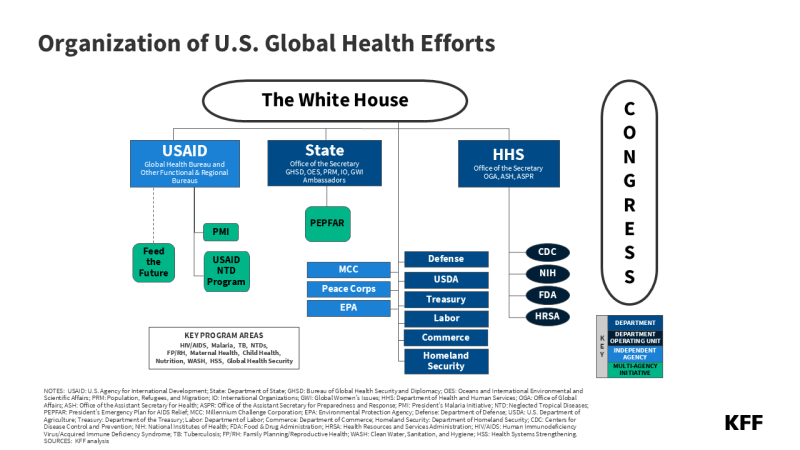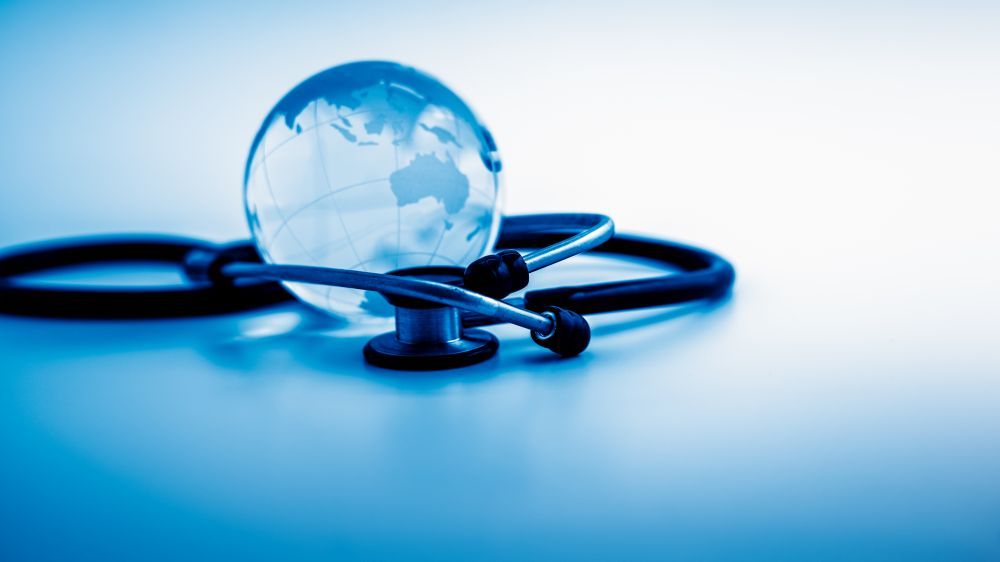
Leveraging decades of global partnerships
CDC and partners helped limit COVID-19 spread by using partnerships and adapting existing programs and public health infrastructure in countries.
CDC accelerated global COVID-19 vaccine access via the Global Vaccine Access initiative, leveraging longstanding partnerships and investments in global health. CDC collaborated closely with Ministries of Health and global partners worldwide.
Through these partnerships, CDC tailored support for:
- vaccine planning and implementation
- improved vaccine confidence and demand
- supported vaccine safety monitoring
- evaluated vaccines and vaccination programs
CDC’s approach to global health prioritized hosts country ownership, investment in local partnerships, development of sustainable capabilities, and sharing of technical expertise.
Over 98% of CDC’s Field Epidemiology Training Program (FETP) residents or graduates supported global COVID-19 investigations, data collection and analysis, and information dissemination.
CDC helped over 200 laboratories overseas get international accreditation
CDC supported development and strengthening of over 30 national Emergency Operations Centers worldwide.
CDC’s PEPFAR-supported investments in laboratory networks and systems were critical to COVID-19 diagnosis and surveillance. About 73% of PEPFAR-supported centralized labs implemented SARS-CoV-2 testing.
Maintaining Capacity to Monitor COVID-19
CDC continues to monitor SARS-CoV-2, the virus that causes COVID-19, by supporting critical data and surveillance networks, including CoViNet and the expanded Global Influenza Surveillance and Response System (GISRS).
Launched in reference laboratories in 20 countries, CoViNet is designed to share information on emerging SARS-CoV-2 variants. CDC provided the World Health Organization (WHO) with broad technical and financial support to develop and stand up CoViNet, which builds upon the WHO SARS-CoV-2 Reference Laboratory Network established in 2020. CoViNet adds important new animal health and environmental surveillance information, information on other coronaviruses (like MERS-CoV), and enhanced capacity to identify novel coronaviruses that are harmful to human health. CoViNet will be used to help assess risk and select strains for upcoming vaccines.
Initially developed to monitor and protect people from flu, GISRS reaches across more than 100 countries. CDC helped incorporate SARS-CoV-2 data into the GISRS network. We also provided technical leadership to develop guidance that will be crucial to the successful, long-term strategic integration of SARS-CoV-2 and Respiratory Syncytial Virus (RSV) data into the platform. This will increase the ability to track dangerous respiratory threats.
Global COVID-19 journal supplement

The COVID-19 pandemic showed the world how a health threat anywhere can become a health threat everywhere. CDC worked hand-in-hand with global partners and ministries of health in more than 60 countries to respond to the pandemic. Read CDC’s Emerging Infectious Diseases (EID) 2022 supplement “CDC and Global Health Systems and Programs During the COVID-19 Pandemic” which documents the pandemic response efforts and lessons learned.
COVID-19 response stories
Explore a collection of stories and watch videos that capture how CDC country offices, ministries of health, governments, health officials, and global partners worked together to respond to the COVID-19 pandemic.

Find videos and photos of CDC’s COVID-19 efforts—the largest public health response to date.

Find a collection of global health success stories.

Watch our videos to learn more about CDC’s unique role in the global public health landscape.
link







